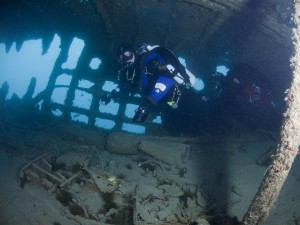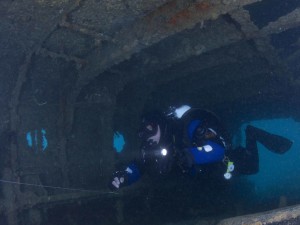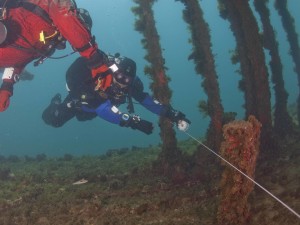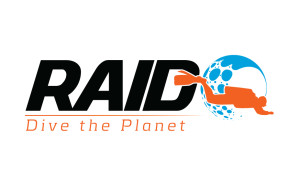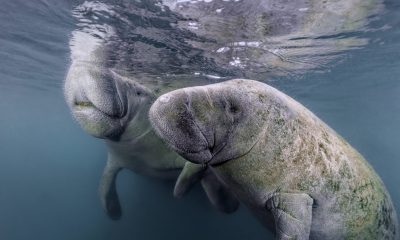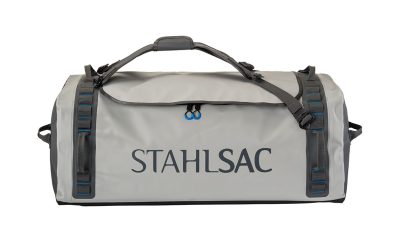News
Paul Toomer: Wreck Head
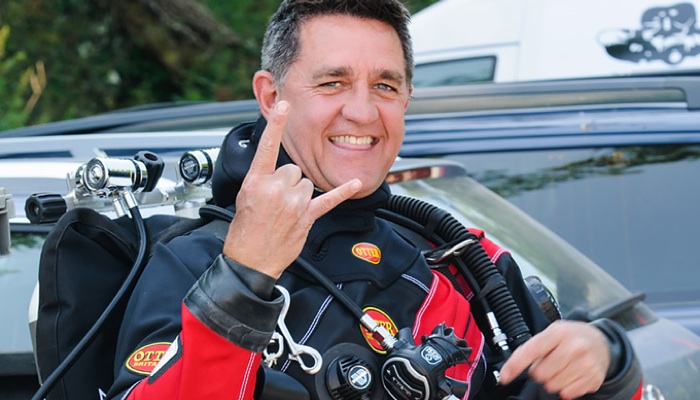
Part 1 – Let’s Get Wrecked
Well, it is with utter disbelief that I find myself sitting here writing this article. It seems like only yesterday that my instructor, Steve Axtell, took me on my wreck elective dive for my Advanced Open Water course. Oh my God, what a day that was. It was on the wreck of the Kyarra off Swanage in Dorset in the UK. I think I may have done a little wee in my wetsuit when I got to 28 metres and saw all that “tin” laid out before me. It was like being six again. Everything was new and exciting. And you know, even though now I am the instructor, not one tiny feeling has changed since that first dive on the Kyarra with Steve all those years ago.
Every wreck dive hints at the possibility of uncovering something new. Maybe something from one of the two World Wars, or perhaps something Roman… who knows?
Wreck diving comes with its thrills, but also some inherent dangers. It is perhaps these dangers, along with the excitement of discovering something new that makes wrecks so exciting.
Most divers want to explore, and even for Open Water divers there’s the possibility of finding something new. Wrecks are everywhere! As British divers we are so very lucky – Britain’s nautical history and the wildness of our coastlines means that some of the best wreck diving in the world is right on our own doorstep. With a little training and some simple research we are able to become the “Buzz Aldrin” of the underwater world and see something no one has ever seen before.
Now, before I get too carried away I guess I should tell you who I am, what I do and what I plan to write about in this column over the coming months.
I started life in South Africa. In my mid-twenties I relocated to the UK, where I got the opportunity to try diving. I was hooked instantly. Within months of beginning my diver training I owned my own dive centre in London and it wasn’t long before I became a Course Director. I then discovered technical diving, and I’ve never looked back. I can’t get enough of wreck, cave and rebreather diving, and I’ve worked as an Instructor and Instructor Trainer for PADI, IANTD, and TDI. I recently held the position of Director of Technical Training for SSI, but moved on when I was given the opportunity to co-own and run my own diver training agency. I am now the Director of Diver Training at RAID International.
On any given day you will find me teaching people from diverse backgrounds and varying levels of experience how to enjoy the wonders of technical diving. I am permanently underwater, showing divers the skills and techniques that will allow them to safely achieve their goals and objectives. Most of my training courses involve at least one visit to a beautiful wreck and at some point will involve penetrating the very heart of one of these metal monsters. How lucky am I? Only Jeremy Clarkson has a job as good as mine, and that’s only because he gets to blow up caravans!
In the coming months I am going to be discussing many different issues regarding safely diving on and in wrecks. I want to discuss the everyday challenges that a wreck diver faces. Wrecks can be gentle little dives that lie in shallow calm water or they can be deep, inaccessible wrecks with fast moving currents. Wrecks, much like caves, come in many shapes and sizes and need varying degrees on competency to attempt them. Wrecks (unless purpose sunk, where they are cleaned and sanitised, making them safe to dive) have all sorts of debris that can make penetrating the wreck extremely hazardous. Wrecks, unlike caves, have sharp rusting metal and piping, wiring and doors, which present all manner of safety issues.
So with that in mind we will look at lining off, finning, buoyancy, lighting, staging, mapping, equipment drag and trim, entanglement issues, hazards specific to wreck and emergency drill associated with wreck diving.
I am also planning to look at different training programmes, including twinset, sidemount and rebreather wreck diving. We will review individual wrecks and also interview expedition divers and wreck discoverers. I also want to take a look at wreck equipment like spools, reels, lights, wings, fins, suits… even helmets.
So please join me on my journey through the skills, knowledge, history and understanding of the ultimate thrill in diving: Wrecks!!!
Paul is the Director of Training at RAID. To find out more about the courses that RAID offers, visit www.diveraid.com.
Main photo: Jason Brown
Blogs
Heading out on the water this Summer? Watch for manatees
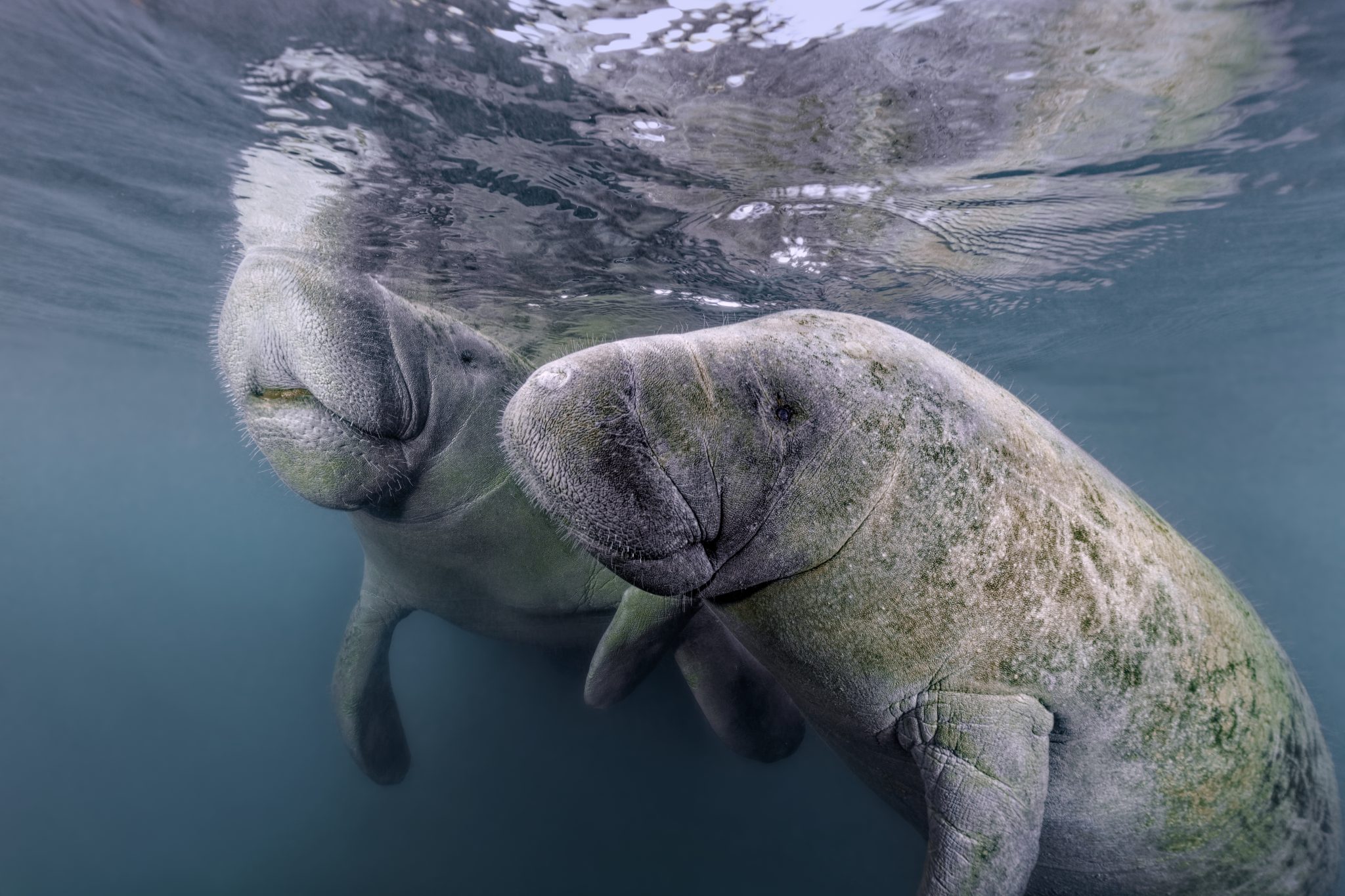
As National Safe Boating Week approaches, Save the Manatee® Club is urging boaters, and anyone that enjoys Florida’s waterways, to respect and protect the defenseless manatees that inhabit our shared waterways. From May 18 to 24, leading up to Memorial Day Weekend, the campaign aims to raise awareness about recreational boating safety and the importance of safeguarding imperiled manatees during the summer boating season. This week also emphasizes the importance of encouraging boaters to enroll in a boating safety course.
Manatees are semi-migratory marine mammals that are commonly found in shallow estuaries, bays, rivers, canals, and coastal areas throughout Florida and neighboring states. With some manatees venturing as far west as Texas and as far north as Massachusetts, collisions between these gentle giants and watercraft have become distressingly frequent. Boat propellers and high-speed collisions pose significant threats to manatees, often resulting in severe injuries or even death.
Save the Manatee Club is calling on all water enthusiasts to follow essential manatee safety tips to ensure the well-being of the imperiled manatee:
- Obey Speed Zone Signs: Familiarize yourself with and adhere to posted speed limits to prevent collisions with manatees.
- Reduce Glare with Polarized Sunglasses: Wear polarized sunglasses to enhance visibility and spot manatees below the water’s surface.
- Recognize Manatee Signs: Learn to identify signs of manatees in the area, such as swirls or flat spots on the water caused by their movements.
- Respect Manatee Sanctuaries: Keep a safe distance from posted manatee sanctuaries and avoid pursuing or harassing these marine mammals, as it is illegal and can disrupt their natural behaviors.
- Report Distressed Manatees: In Florida, promptly report distressed, injured, tagged, or orphaned manatees to the Florida Fish and Wildlife Conservation Commission (FWC) at 1-888-404-FWCC (3922). Outside of Florida, report sightings to the appropriate state agency or rescue organization. A list of agencies to contact is available at savethemanatee.org/report.
- Protect Seagrass Beds: Avoid boating over seagrass beds and shallow areas where manatees may be feeding. Stick to deep water channels while remaining vigilant, as manatees also utilize these channels during their travels.
- Dispose of Fishing Line Responsibly: Anglers should properly dispose of or recycle used fishing line to prevent entanglement hazards for manatees.
“Each year, National Safe Boating Week provides an excellent reminder for all of us to be aware that we share our waterways with vulnerable manatees,” emphasized Patrick Rose, Aquatic Biologist and Executive Director of Save the Manatee Club. “With the recent Unusual Mortality Event on Florida’s East Coast claiming an alarming number of manatees’ lives, it is more crucial than ever to prevent preventable deaths caused by watercraft collisions. By following manatee-safe boating guidelines, such as obeying speed zones and remaining vigilant for manatees, everyone on the water can contribute to the protection of these gentle giants.”
Save the Manatee Club offers a range of free materials to help safeguard manatees and raise awareness about manatee-safe boating practices. Shoreline property owners and park or marina managers can order aluminum dock signs to alert others about the presence of manatees in their areas. Boaters and paddlers can request packets containing a safety tips card, a waterproof boat banner, and a decal to display on their vessels, providing the number to report manatees in distress. To view and request these materials, visit savethemanatee.org/resources. Save the Manatee Club will also be hosting a live webinar for National Safe Boating Week on Tuesday, May 21st at 6pm EST. To register, visit savethemanatee.org/register.
Marine Life & Conservation Blogs
Book Review: Shells of the World

Shells of the World: A Natural History by M.G. Harasewych
Shells of the world is a guide to the world of marine, shelled molluscs. And what a varied and interesting world it is. Some of my favourite things to find on a dive are detailed in this book, including disco clams (or Electric File Clams as they are correctly names), the cephalopods, giant clams and sea hares. There are also many on my wish list, top of which is the Nautilus.
Each chapter provides a detailed description of the species, along with beautiful images. You can dive deeper and discover where they live, both with global distribution and the habitat they prefer. Learn about their diet, reproduction and diversity.
Having dipped in and out of this lovely book over the past few weeks, it has inspired me to learn more about this group of animals that we see on most divers, wherever we are in the world. Some of the shells are incredibly intricate and beautiful. I have always agreed with never collecting, or touching, marine life. The description of a certain set of cone shells should be a warning to those that are happy to pick up marine life! One of the cone shells has a local name called the cigarette snail. Why? Because once the venom is in your system from this animal, you only have time to smoke one cigarette before the affects of the venom are fatal!
What the publisher says:
Mollusks are invertebrate animals with a remarkable natural history and a rich fossil record, and their shells are prized for their breathtaking variety and exquisite beauty. Shells of the World provides a wide-ranging look at the incredible diversity of marine mollusks. An informative introduction outlines the lineages covered, followed by a directory section, split into classes, that profiles a broad selection of different taxa to give a sense of their sheer numbers and variety.
- Features hundreds of beautiful color photos, depicting both the live animals and their shells
- Discusses mollusk evolution, anatomy, life cycles, behavior, and ecology
- Describes unique characteristics, distribution, habitat, and size
- Provides valuable insights into the conservation of the world’s marine mollusks
- Ideal for malacologists and shell collectors everywhere
About the Author:
M. G. Harasewych is research zoologist emeritus and former curator in the Department of Invertebrate Zoology at the Smithsonian Institution’s National Museum of Natural History. A fellow of the American Association for the Advancement of Science, he is the author (with Fabio Moretzsohn) of The Book of Shells: A Life-Size Guide to Identifying and Classifying Six Hundred Seashells.
Book Details
Publisher: Princeton University Press
Hardcover
Price: £25
ISBN: 9780691248271
Published: 9th April, 2024
-

 Marine Life & Conservation Blogs3 months ago
Marine Life & Conservation Blogs3 months agoCreature Feature: Swell Sharks
-

 Gear Reviews4 weeks ago
Gear Reviews4 weeks agoGEAR REVIEW – Revolutionising Diving Comfort: The Sharkskin T2 Chillproof Suit
-

 Blogs2 months ago
Blogs2 months agoMurex Resorts: Passport to Paradise!
-

 Blogs3 months ago
Blogs3 months agoDiver Discovering Whale Skeletons Beneath Ice Judged World’s Best Underwater Photograph
-

 News3 months ago
News3 months agoPADI Teams Up with Wellness Brand Neuro to Drive Ocean Change and Create a Blue State of Mind
-

 Gear Reviews3 months ago
Gear Reviews3 months agoGear Review: Oceanic+ Dive Housing for iPhone
-

 Marine Life & Conservation2 months ago
Marine Life & Conservation2 months agoSave the Manatee Club launches brand new webcams at Silver Springs State Park, Florida
-

 Blogs2 months ago
Blogs2 months agoSeagrass Awareness Month brings critical food source for Manatees to centre stage


